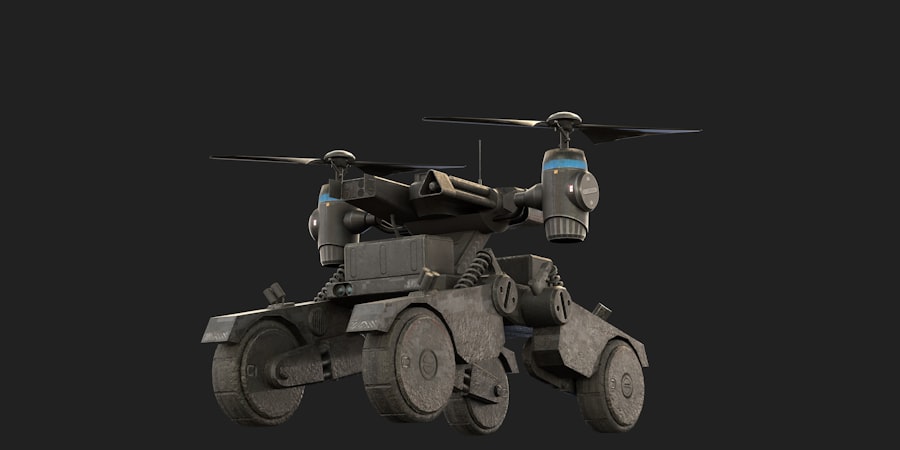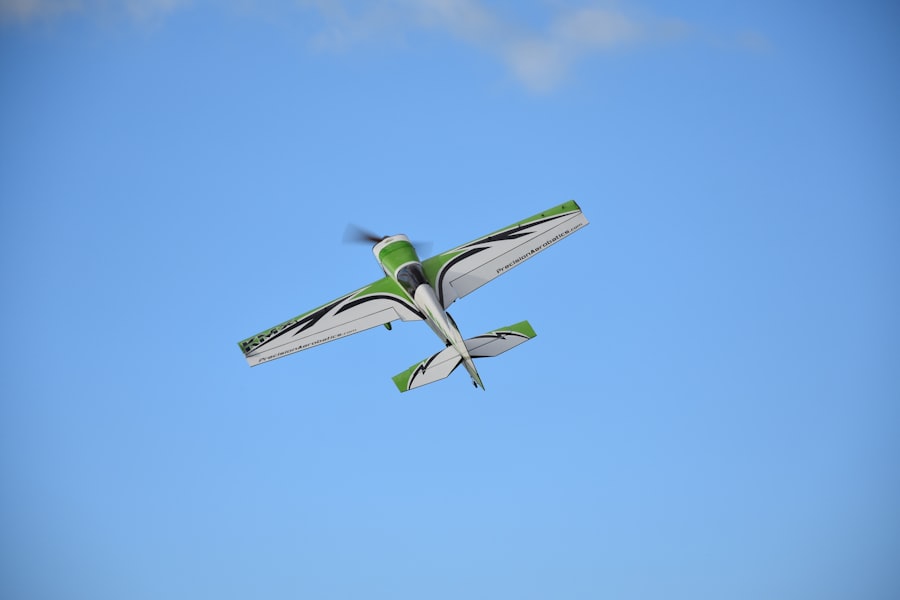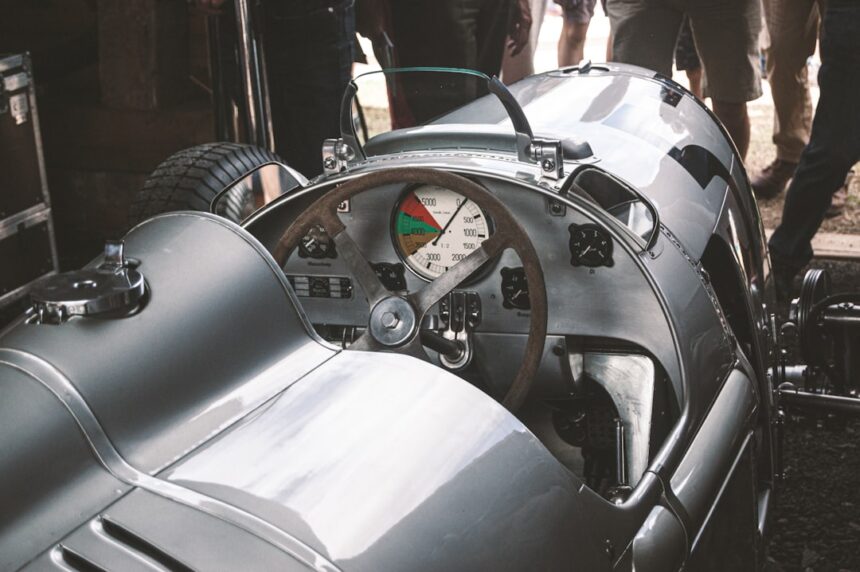The Messerschmitt Me 262 holds a distinguished place in aviation history as the world’s first operational jet-powered fighter aircraft. Developed by Germany during World War II, this revolutionary aircraft marked a significant leap in aeronautical engineering and military aviation. Its introduction to the battlefield not only changed the dynamics of aerial combat but also set the stage for future advancements in jet technology.
The Me 262’s sleek design and powerful engines allowed it to achieve unprecedented speeds, outpacing its propeller-driven contemporaries and establishing a new standard for fighter aircraft. The Me 262 was not merely a technological marvel; it represented a paradigm shift in military strategy. As the war progressed, the Allies faced increasing challenges from this formidable jet, which was capable of intercepting bombers and engaging enemy fighters with remarkable efficiency.
The aircraft’s introduction was a testament to the innovative spirit of its designers and engineers, who sought to push the boundaries of what was possible in aviation. Despite its late arrival in the war, the Me 262’s impact was profound, influencing both the course of World War II and the future of military aviation.
Key Takeaways
- The Messerschmitt Me 262 was the world’s first operational jet-powered fighter aircraft, developed by Germany during World War II.
- The Me 262’s impact on WWII was significant, as it was faster and more heavily armed than any Allied aircraft at the time, changing the course of air combat.
- Reverse engineering the Me 262 involved a complex process of uncovering its design and innovations, presenting various challenges to modern engineers.
- Uncovering the innovations of the Me 262 revealed groundbreaking advancements in jet propulsion, aerodynamics, and aircraft design that shaped modern aviation.
- The legacy of the Me 262 in aviation history continues to influence aircraft design and technology, making it a significant milestone in the evolution of aviation.
The Development and Design of the Me 262
The development of the Me 262 began in the early 1930s, driven by a vision to create a high-speed fighter that could dominate the skies. The aircraft’s design was spearheaded by Willy Messerschmitt, who recognized the potential of jet propulsion long before it became a reality. The initial prototypes were powered by conventional piston engines, but as advancements in jet technology emerged, the design evolved to incorporate turbojet engines.
This transition was pivotal, as it allowed the Me 262 to achieve speeds that were previously unimaginable for fighter aircraft. The design of the Me 262 was characterized by its distinctive swept wings and streamlined fuselage, which contributed to its aerodynamic efficiency. The aircraft featured a twin-engine configuration, with engines mounted on the wings, providing both balance and power.
The cockpit was designed for optimal visibility, allowing pilots to engage in combat with greater situational awareness. Additionally, the Me 262 was equipped with advanced armament, including cannons and rockets, making it a formidable adversary in aerial engagements. The combination of innovative design and cutting-edge technology positioned the Me 262 as a game-changer in the realm of military aviation.
The Me 262’s Impact on WWII

The introduction of the Me 262 into combat operations had a significant impact on World War II, altering the landscape of aerial warfare. As Allied bombers began to conduct strategic bombing campaigns over Germany, the Me 262 emerged as a critical tool for interception. Its speed and agility allowed it to engage enemy bombers effectively, resulting in substantial losses for Allied air forces.
The aircraft’s ability to operate at high altitudes and its advanced firepower made it a formidable opponent that challenged the dominance of Allied air superiority. Despite its late entry into the war, the Me 262’s influence was felt across various theaters of conflict. It forced Allied commanders to adapt their strategies, leading to increased emphasis on fighter escorts and improved tactics for bomber formations.
The psychological impact of facing a jet-powered adversary also cannot be understated; it instilled fear among Allied pilots who had previously enjoyed an advantage over slower propeller-driven fighters. The Me 262’s presence underscored the importance of technological innovation in warfare and highlighted how advancements in aviation could shift the balance of power.
Reverse Engineering: The Process of Uncovering the Me 262’s Design
| Aspect | Metric |
|---|---|
| Time Period | 1945-1946 |
| Key Players | Engineers, scientists, and researchers |
| Methods Used | Analysis of captured aircraft, disassembly, documentation |
| Challenges | Understanding advanced German technology, limited resources |
| Outcomes | Contributed to post-war aviation advancements |
In the aftermath of World War II, as nations sought to understand and capitalize on German technological advancements, reverse engineering became a crucial process for uncovering the secrets behind the Me 262’s design. Engineers and military experts meticulously examined captured aircraft to gain insights into their construction and performance characteristics. This process involved disassembling the aircraft piece by piece, analyzing its components, and documenting its engineering principles.
Reverse engineering not only provided valuable information about the Me 262’s design but also facilitated the transfer of knowledge to Allied nations. By studying the aircraft’s innovative features, engineers were able to identify key technologies that could be adapted or improved upon in their own military aviation programs. This collaborative effort among nations led to significant advancements in jet propulsion, aerodynamics, and materials science, ultimately shaping the future of aviation technology.
Challenges Faced in Reverse Engineering the Me 262
While reverse engineering the Me 262 offered numerous benefits, it was not without its challenges. One significant hurdle was the complexity of the aircraft’s design and technology. The advanced engineering techniques employed by German designers were often ahead of their time, making it difficult for Allied engineers to fully comprehend certain aspects of the aircraft’s performance.
Additionally, some components were manufactured using specialized materials and processes that were not readily available or understood by Allied engineers. Another challenge lay in the limited availability of intact Me 262s for study. Many aircraft had been damaged or destroyed during combat operations, leaving engineers with incomplete data on their performance capabilities.
Furthermore, as nations raced to develop their own jet programs, there was immense pressure to quickly translate findings from reverse engineering into practical applications. This urgency sometimes led to oversights or misinterpretations of critical design elements, which could have long-term implications for subsequent aircraft development.
Uncovering the Innovations of the Me 262

Through reverse engineering efforts, engineers were able to uncover several groundbreaking innovations that defined the Me 262’s design.
This shift allowed for greater thrust and speed, enabling the aircraft to reach velocities that were previously unattainable.
The insights gained from studying these engines laid the groundwork for future jet propulsion systems used in subsequent military and civilian aircraft. Additionally, the aerodynamic design of the Me 262 provided valuable lessons in wing configuration and stability. Its swept-wing design reduced drag at high speeds, enhancing overall performance during flight maneuvers.
Engineers recognized that these principles could be applied to future aircraft designs, leading to improvements in speed and fuel efficiency across various aviation sectors. The innovations uncovered through reverse engineering not only advanced military aviation but also influenced commercial aviation developments in subsequent decades.
The Role of the Me 262 in Shaping Modern Aviation
The legacy of the Me 262 extends far beyond its operational history during World War II; it played a pivotal role in shaping modern aviation as a whole. As one of the first jet fighters to enter service, it set a precedent for future military aircraft designs that prioritized speed and agility over traditional propeller-driven models. The lessons learned from its development influenced subsequent generations of fighter jets, leading to advancements in aerodynamics, engine technology, and avionics.
The realization that jet-powered aircraft could dominate aerial combat prompted nations around the world to invest heavily in jet technology. This shift not only transformed military aviation but also spurred innovation within civilian aviation sectors as manufacturers sought to develop faster and more efficient commercial airliners.
The impact of the Me 262 can still be felt today as modern jets continue to evolve based on principles established by this groundbreaking aircraft.
The Significance of Reverse Engineering the Me 262
The significance of reverse engineering the Me 262 cannot be overstated; it served as a catalyst for technological advancement across multiple domains within aviation. By dissecting this pioneering aircraft, engineers were able to glean insights that would inform future designs and innovations. The process facilitated knowledge transfer among nations and fostered collaboration between military and civilian sectors, ultimately leading to advancements that would shape aviation for decades to come.
Furthermore, reverse engineering highlighted the importance of understanding historical technological achievements as a means of driving progress. By studying successful designs like the Me 262, engineers could identify best practices and avoid pitfalls encountered by earlier innovators. This approach not only accelerated development timelines but also encouraged a culture of continuous improvement within aviation engineering.
Discoveries Made Through Reverse Engineering the Me 262
Numerous discoveries emerged from reverse engineering efforts focused on the Me 262, many of which had far-reaching implications for future aircraft development. One key finding was related to materials science; engineers discovered that certain alloys used in constructing the Me 262 provided enhanced strength-to-weight ratios that could be applied to subsequent designs. This knowledge contributed to lighter yet more durable airframes in later military jets.
Additionally, insights gained from studying the aircraft’s control systems led to advancements in flight stability and maneuverability technologies. Engineers recognized that innovations such as fly-by-wire systems could enhance pilot control while reducing pilot workload during complex maneuvers. These discoveries not only improved military aircraft but also found applications in commercial aviation, leading to safer and more efficient flying experiences for passengers.
The Legacy of the Me 262 in Aviation History
The legacy of the Messerschmitt Me 262 is firmly entrenched in aviation history as a symbol of innovation and progress during a tumultuous period. Its pioneering role as the first operational jet fighter set a benchmark for future developments in military aviation and established a foundation upon which modern jets are built. The lessons learned from its design and performance continue to resonate within aerospace engineering circles today.
Moreover, the Me 262 serves as a reminder of how technological advancements can reshape warfare and influence global dynamics. Its introduction into combat not only altered strategies employed by both Axis and Allied forces but also underscored the importance of innovation in maintaining air superiority. As nations continue to invest in advanced aerospace technologies, they do so with an understanding rooted in historical precedents established by groundbreaking aircraft like the Me 262.
The Ongoing Impact of the Me 262
In conclusion, the Messerschmitt Me 262 remains an enduring symbol of innovation within aviation history. Its development marked a turning point in military aviation that reverberates through modern aerospace engineering practices today. Through reverse engineering efforts following World War II, engineers uncovered invaluable insights that propelled advancements across both military and civilian sectors alike.
As nations continue to explore new frontiers in aviation technology—whether through supersonic travel or unmanned aerial vehicles—the legacy of the Me 262 serves as an inspiration for future generations of engineers and innovators seeking to push boundaries further than ever before. Its impact is not merely confined to its time; rather, it continues to shape our understanding of flight and drive progress within an ever-evolving field.
The Messerschmitt Me 262, the world’s first operational jet-powered fighter aircraft, has long fascinated aviation enthusiasts and historians alike, particularly in the context of reverse engineering efforts during and after World War II. A related article that delves into the intricacies of such engineering feats can be found on the website “In The War Room.” This article provides a comprehensive overview of the technological advancements and challenges faced during the era, offering insights into how the Me 262 influenced post-war aircraft development. For more detailed information, you can read the full article by visiting




